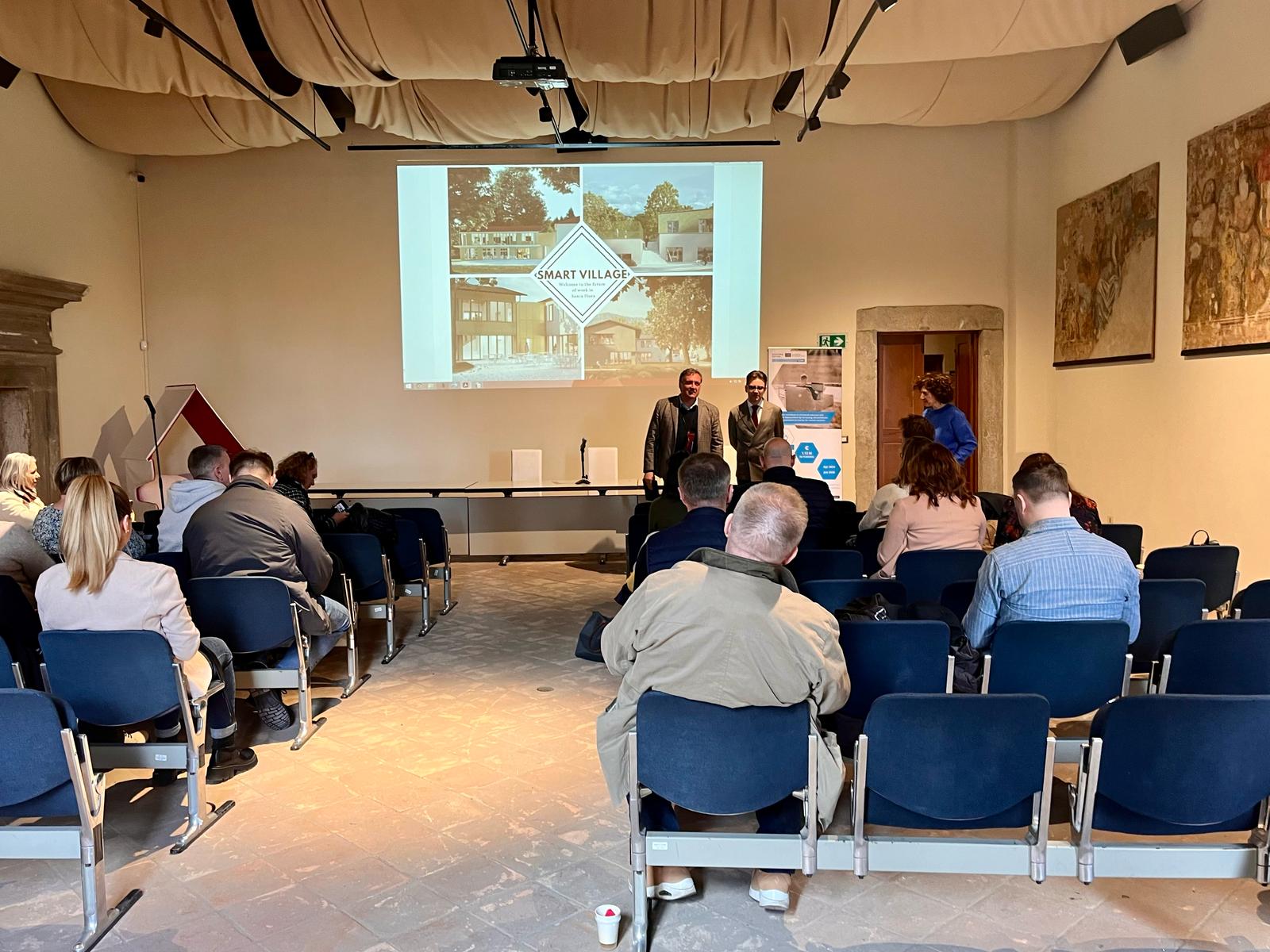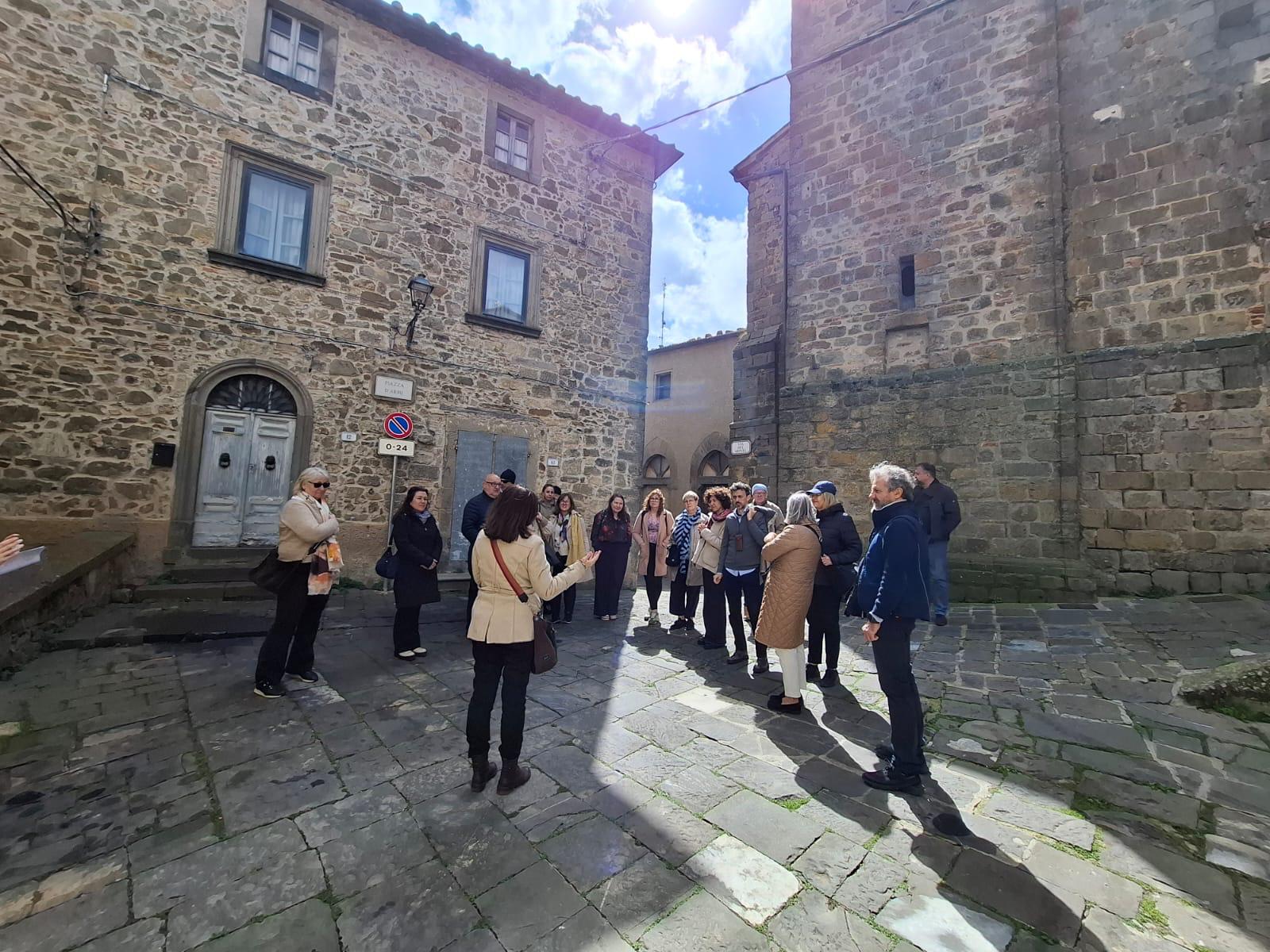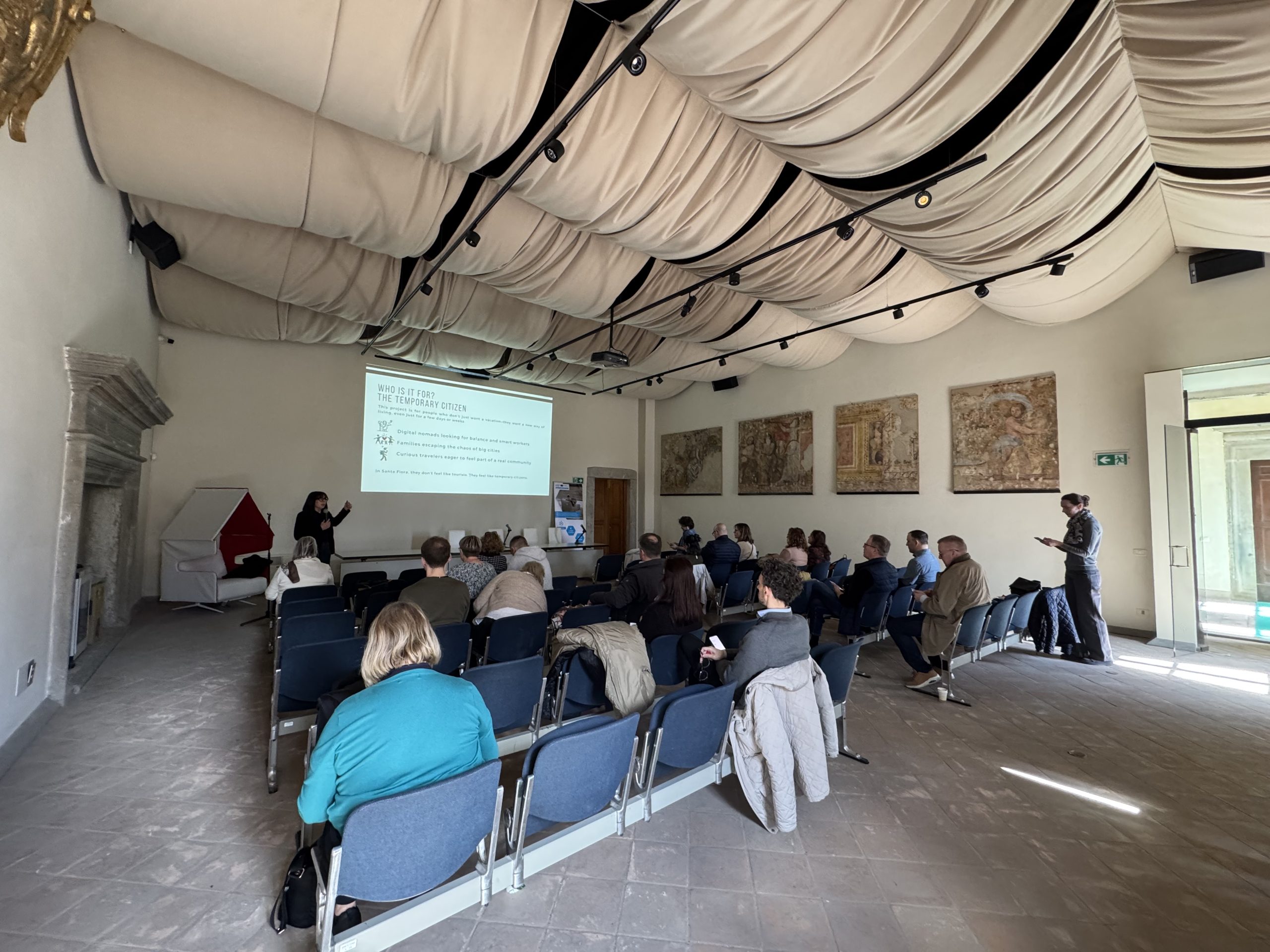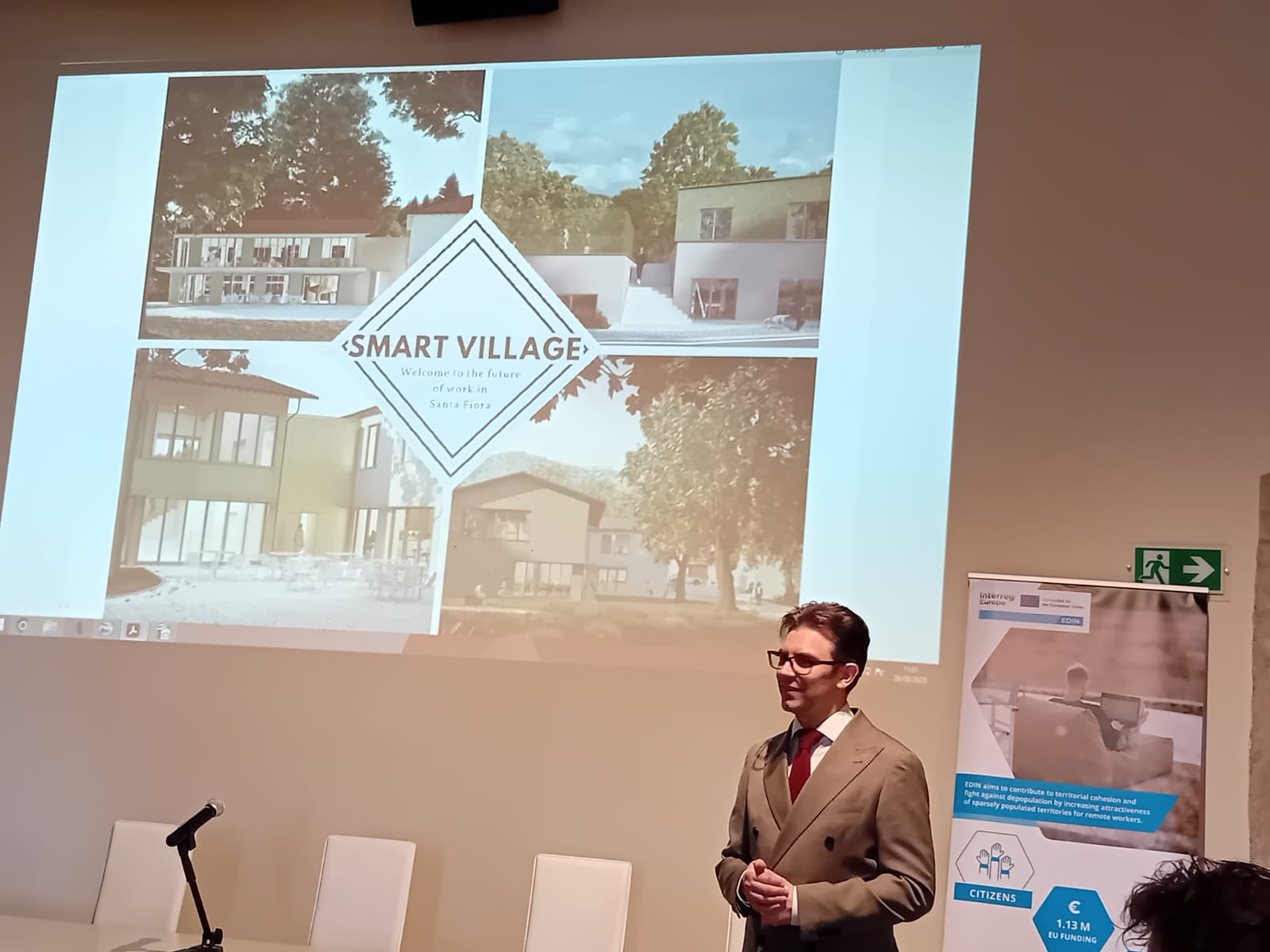ADMINISTRATOR 31.03.2025 No Comment

DIGITAL NOMADISM in rural mountain areas in the Tuscany region, Italy
In recent years, the concept of digital nomadism has gained significant popularity, attracting people seeking the freedom to work remotely while exploring the world. This lifestyle offers a unique combination of adventure and professional flexibility, allowing one to experience new cultures, cuisines, and landscapes without sacrificing their career. The digital revolution has eliminated traditional work boundaries, allowing professionals to work from virtually anywhere with a stable internet connection. From freelance writing and graphic design to software development and online commerce, the opportunities for remote work are vast and diverse. Digital nomads often use this flexibility to create a work-life balance that prioritizes personal fulfillment alongside professional achievement.
Thus, in the period 25-26.03.2025, the project partners of European digital nomads (EDIN) from Bulgaria, Ireland, Spain, Italy, Norway, Finland and Lithuania were on a working visit to several extremely small towns in Tuscany to learn about good practices for stimulating digital nomadism in the region.
The international event kicked off in Florence with a conference on “Community Cooperatives and Technologies for Economic Collaboration with a Focus on Digital Nomads”. The three panels of the conference allowed the phenomenon of digital nomadism to be examined from different angles. The results of two research studies commissioned by the Tuscany Regional Administration were presented. The first study analyzed the phenomenon from a sociological and anthropological perspective, highlighting how the term “digital nomad” encompasses different professionals with different contracts and activities, but united by the possibility of working remotely thanks to technology. The study also presented the policies adopted by local authorities and institutions to attract these workers, especially after the Covid crisis, and highlighted how the phenomenon can affect areas experiencing demographic difficulties. The second research study focused on the inland areas of Tuscany and provided valuable information for regional policies, suggesting how to attract digital nomads in the most vulnerable areas. The conference ended with a lively exchange of ideas on the implications of digital nomadism for local policies, with a special focus on a regional law in force since 4 February 2025, which aims to guarantee equal opportunities for access to services and to promote territorial cohesion, focusing on inland and mountain areas, for which interventions are planned to preserve their specific characteristics.
Overall, it became clear that the Tuscany Region has already activated measures to support its inland and mountain areas, having implemented a number of projects to create and strengthen “community cooperatives” and “smart territories” under Action 1.1.3 Innovative services of the PR FESR 2021-2027.
The working visit on the project continued with a visit to the small mountain town of Santa Fiora, with a population of 2,624 people in the Tuscany region and a place where mass tourism has not yet entered. The European partners had the opportunity to study there the experience of the local administration in an ongoing project to build a smart village and some community cooperatives of Montelaterone and Montegiovi, which, also thanks to the regional contribution, are investing in offering services to the communities and attracting new residents, even temporary ones – such as digital nomads.
During the two-day visit, it became clear that in recent years the Tuscany Region has been paying great attention to its hinterland. By financing projects for the creation of community cooperatives, economic cooperation and smart territories, the small mountain municipalities of the Tuscany Region are receiving the necessary investments to prepare their territories to become attractive to digital workers and high-tech companies.







